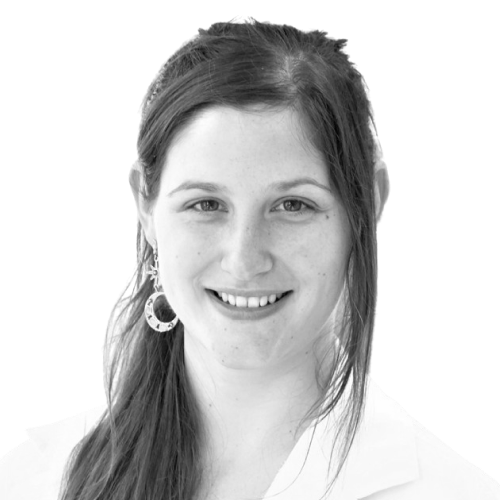
USP <800> is a relatively short document but packed with so much detail, requiring quite a bit of technical thinking and explanation, especially as it relates to the subject of engineering controls. Pharmacists are not engineers, so one of the first questions is, how do I interpret Table 2. Engineering Controls for Nonsterile HD Compounding?

First, let’s dissect the two categories of engineering controls listed in Table 2. The “C-PEC” is the containment primary engineering control, which is another name for a “powder hood”, also called a containment ventilated enclosure (CVE). The table also lists other types of primary engineering controls, but for the sake of this discussion we will only focus on the most common type of hood found in a nonsterile compounding pharmacy.
The C-PEC will have either one single HEPA filter (see Figure-1) or two HEPA filters, also called “redundant-HEPA filtered” (see Figure-2). It is most likely your pharmacy’s older C-PECs have only one single HEPA filter, because redundant HEPA filtered hoods have only become popular for the past few years. If your C-PEC has one single HEPA filter, then it will need to be connected to an external blower, typically located on the roof of the facility. It is important to note that the C-PEC’s internal fan/blower does not have enough power to externally exhaust the air out of the building without the help from another exhaust blower.
If your pharmacy’s C-PEC has two HEPA filters like drawn in Figure-2, then you can safely recirculate the clean air back into the lab. With this being said, it is possible that some state boards of pharmacy will either not know how to interpret Table 2, or outright refuse the recirculation of C-PECs in an HD room, so ultimately the BOP will have final say on this topic.
The containment secondary engineering control (C-SEC) is considered the hazardous drug room, with fixed walls, segregating it from other nonhazardous compounding and pharmacy activities. If the C-PECs are connected to an external exhaust blower, then the C-PECs are contributing to the C-SECs negative pressure. USP <800> has listed a negative pressure differential for the HD room to be -0.010 wc to -0.030” wc to adjacent spaces. The problem with using a C-PEC to contribute to the C-SECs negative pressure is that as the HEPA filter loads with particles, there will be a pressure drop, which will cause the C-SECs negative pressure gradient to fluctuate. Most C-PECs have a constant volume motor which does not ramp up speed based on HEPA filter loading, which is why it is better to use low wall exhaust grilles to externally vent the C-SEC. If your pharmacy has multiple C-PECs connected to an external exhaust blower, then it is likely the C-PECs HEPA filters are going to load with particulate at differing timelines, creating an interesting balance act of negative pressure. It is advised to utilize redundant HEPA C-PECs in the HD nonsterile compounding rooms that recirculate to avoid constant fluctuating room pressures.
As a final note, the Figure-3 graphic shows a pre-filter and a HEPA filter in series with each other, so it’s important to not think these qualify as redundant HEPA filtered in series. Pre-filters are typically “minimum efficiency reporting values” (MERV) rated filters which have particle capture ratings of 50% up to 95% depending on the MERV rating. The takeaway here is that a HEPA filter has a capture rating of 99.99%, therefore Figure-3 showing a MERV in series with a single HEPA does not qualify for recirculation.





